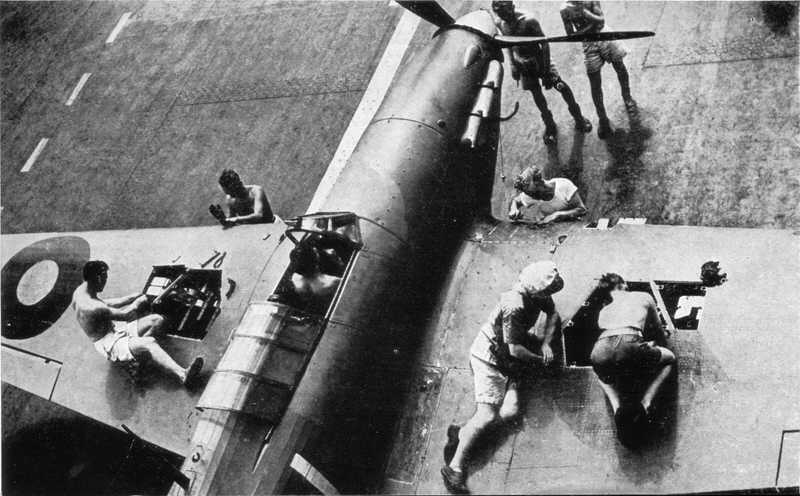
- For PC
- For MAC
- For Linux
- OS: Windows 10 (64 bit)
- Processor: Dual-Core 2.2 GHz
- Memory: 4GB
- Video Card: DirectX 11 level video card: AMD Radeon 77XX / NVIDIA GeForce GTX 660. The minimum supported resolution for the game is 720p.
- Network: Broadband Internet connection
- Hard Drive: 23.1 GB (Minimal client)
- OS: Windows 10/11 (64 bit)
- Processor: Intel Core i5 or Ryzen 5 3600 and better
- Memory: 16 GB and more
- Video Card: DirectX 11 level video card or higher and drivers: Nvidia GeForce 1060 and higher, Radeon RX 570 and higher
- Network: Broadband Internet connection
- Hard Drive: 75.9 GB (Full client)
- OS: Mac OS Big Sur 11.0 or newer
- Processor: Core i5, minimum 2.2GHz (Intel Xeon is not supported)
- Memory: 6 GB
- Video Card: Intel Iris Pro 5200 (Mac), or analog from AMD/Nvidia for Mac. Minimum supported resolution for the game is 720p with Metal support.
- Network: Broadband Internet connection
- Hard Drive: 22.1 GB (Minimal client)
- OS: Mac OS Big Sur 11.0 or newer
- Processor: Core i7 (Intel Xeon is not supported)
- Memory: 8 GB
- Video Card: Radeon Vega II or higher with Metal support.
- Network: Broadband Internet connection
- Hard Drive: 62.2 GB (Full client)
- OS: Most modern 64bit Linux distributions
- Processor: Dual-Core 2.4 GHz
- Memory: 4 GB
- Video Card: NVIDIA 660 with latest proprietary drivers (not older than 6 months) / similar AMD with latest proprietary drivers (not older than 6 months; the minimum supported resolution for the game is 720p) with Vulkan support.
- Network: Broadband Internet connection
- Hard Drive: 22.1 GB (Minimal client)
- OS: Ubuntu 20.04 64bit
- Processor: Intel Core i7
- Memory: 16 GB
- Video Card: NVIDIA 1060 with latest proprietary drivers (not older than 6 months) / similar AMD (Radeon RX 570) with latest proprietary drivers (not older than 6 months) with Vulkan support.
- Network: Broadband Internet connection
- Hard Drive: 62.2 GB (Full client)
Hawker Sea Hurricanes and a Fairey Albacore on the deck of HMS Victorious.
HMS Indomitable and HMS Eagle are astern.
 |
|
Maintainers re-arm the 0.303 Browning guns of a Sea Hurricane Mk.Ib |
Most convoys to date had consisted of perhaps half a dozen merchant vessels. In August 1942, Operation Pedestal saw fourteen merchant ships escorted by four aircraft carriers, two battleships and nearly 40 smaller warships. Although it was the 42 RAF Spitfires aboard HMS Victorious which were so vital to Malta’s continuing defense, it would be the aircraft of the Royal Navy’s Fleet Air Arm which would be needed to get them there in the first place. The task force’s defense fell to 43 Sea Hurricanes, 16 Fulmars, 9 Martlets (Royal Navy designation for lend-lease Wildcats) and finally 28 Fairey Albacores for anti-shipping and anti-submarine patrols.
 |
|
A Sea Hurricane launches from the deck of HMS Indomitable |
However, complete decimation of the mission critical merchant ships was prevented by the aggression and determination of the fighter cover. Of note, Lt Cdr ‘Bill’ Bruen, CO of 800 Naval Air Squadron, shot down three aircraft on the 12th whilst leading his Sea Hurricanes in a constant stream of engagements. Even more remarkable was the performance of 880 Naval Air Squadron’s Senior Pilot, Battle of Britain veteran Lt ‘Dickie’ Cork. After his CO, ‘Butch’ Judd, was killed in combat, Cork took command of the squadron and shot down five German and Italian aircraft in a single day, which earned him a Distinguished Service Order.
About The Author - Mark Barber, War Thunder Historical Consultant

Mark Barber is a pilot in the British Royal Navy's Fleet Air Arm. His first book was published by Osprey Publishing in 2008; subsequently, he has written several more titles for Osprey and has also published articles for several magazines, including the UK's top selling aviation magazine 'FlyPast'. His main areas of interest are British Naval Aviation in the First and Second World Wars and RAF Fighter Command in the Second World War. He currently works with Gaijin Entertainment as a Historical Consultant, helping to run the Historical Section of the War Thunder forums and heading up the Ace of the Month series.




